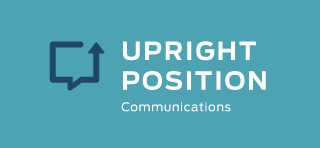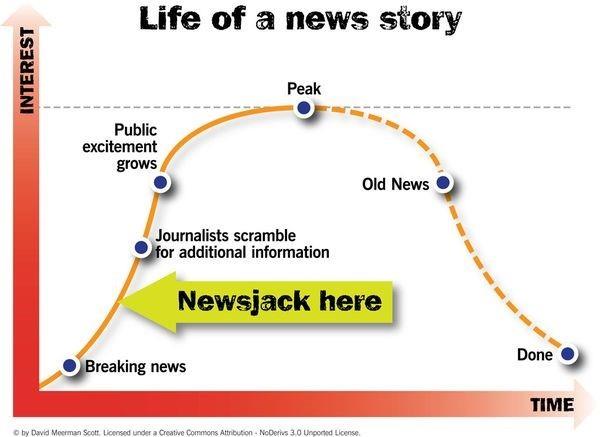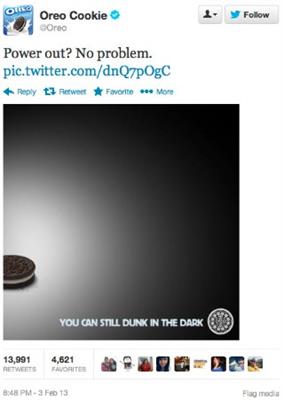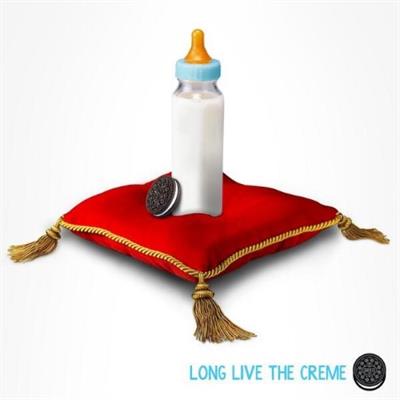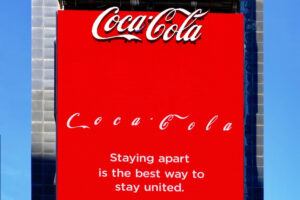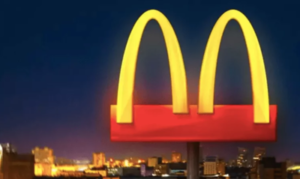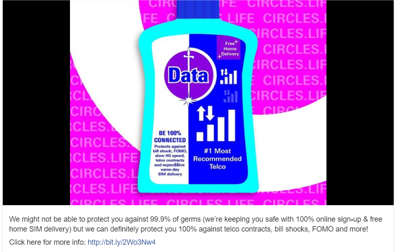Today’s topic has a name that sounds kind of bad. But it’s not. We’re talking about newsjacking. It’s actually a very respectable PR strategy when it’s done right – the key is to do it right.
Time is the Most Critical Element to Success
Newsjacking takes advantage of breaking news and can result in timely coverage to leverage your brand. We’re already assuming you can share relevant information and resources for reporters covering topics your organization understands. When you share quickly, you may get some great exposure. The key is to act fast – we’re talking lightning speed. Once stories are out in full force, everyone else is doing the same thing you are. Reporters are buried in requests, the opportunity is saturated and chances of getting your organization covered are slim.
David Meerman Scott’s handy chart illustrates how an early response has a better chance at success. Even though interest grows over time, so does the number of influential people and companies hoping to get their message out.
Newsjacking Isn’t Easy
Jumping on breaking news might look easy, but in reality, it takes a lot of pre-planning – way before the breaking news hits. If you aren’t prepared to tackle an opportunity the minute it lands, your company will miss out.
It’s essential to keep a few things in mind when you’re going down the newsjacking path:
- If you’re thinking of doing it, it probably means your competition is also considering it.
- For every journalist covering that story, there’s a company with a PR person reaching out to them with a unique take or beneficial insight.
- Multiply that company and PR person by 10 or 100, and you can get an idea of what a journalist goes through every day. Saturation happens fast.
How Should My Company Prepare to Newsjack?
First, consider all the topics related to your expertise and make a list. Be honest and thorough. And then think beyond your core strengths to see if you could tie what you do to something closely related. Plug your list into news searching so you’ll be the first to hear about breaking stories that fall into your area of expertise.
Decide who is best to speak about each topic on the list. Get their buy-in and contact info (personal cell and email – not just their work info). Breaking news doesn’t stick to business hours. Prepare any spokespeople in advance because a quick way to lose credibility with the media is to pitch your expertise without the expert.
Make a plan for quick communication and approvals so you can send a relevant and helpful quote quickly and pitch a live interview at the same time. Sometimes a pre-written quote will get coverage if the reporter is slammed and on a tight deadline. Make their job easier, and we can’t reiterate enough that speed is critical.
The best newsjacking provides VERY RELEVANT information. For example, if there’s a data hack and if you’re a cybersecurity company working with similar clients or situations, you can answer questions reporters are asking.
And as we’ve said before, Public Relations is a long game. Your PR team should plant seeds to target journalists long before breaking news hits. When reporters are familiar with your company and your spokespeople, they may reach out directly to you. Our team at Upright regularly reaches out to journalists to introduce our clients and their area of expertise, knowing coverage might not happen now but could happen later.
How Does PR Newsjacking Differ from Marketing to Trends and Breaking News?
Public relations newsjacking is different from marketing newsjacking. To better understand the difference between Marketing and PR, check out our Uptake on that subject. Marketing generally offers more control over the message than PR, but there are opportunities to tie your communications to trending topics when reporters don’t. Consider writing a contributed article that cleverly connects your brand to a trending topic – maybe a TV show or upcoming event. Post an opinion to your blog to garner attention. Make some creative tweets or social posts. Just remember to be tasteful and not tacky.
Many newsjacking examples from some terrific marketing campaigns take advantage of seasonality, trends, and news stories. Wins and fails blur the line between PR and Marketing because they attract attention. Sometimes good attention, and sometimes not. Here are a few wins and fails worth sharing.
Oreo’s classic wins include this tweet during the Superbowl blackout and an ad when Kate Middleton gave birth.
Tacky marketing campaigns have used tragedy or disasters to promote products. Don’t do that. Both Coca-Cola and McDonald’s were chastised for taking advantage of the COVID-19 pandemic’s need for social distancing when they altered their logos. And a data company blew it with the tweet below, saying they can’t protect people from germs but could protect them from telco contracts and bill shocks—big fails.
PR newsjacking works best when it helps reporters discuss relevant trending issues. But once the issues are out there, or if you try too late or too hard, reporters can get fatigued and frustrated. Pumpkin spice comes to mind. We love it, but only so much and for so long. And quiet quitting – a lot of Twitter mentions from reporters that it’s been overdone.
To sum it up:
- Plan in advance to take advantage of breaking news and trends.
- Line up your spokespeople and have a plan to respond quickly.
- Be thoughtful and relevant when you do reach out.
If your company is looking for help preparing your PR strategy, including newsjacking, we would love to meet with your team to explore how solid PR efforts can help with your overall goals.
Reach out, and let’s have a conversation, Uptake@Uprightcomms.com.
Be sure to check out all of our Upright Uptake episodes for more helpful PR tips, and if you have a topic you’d like us to cover or a question for us, reach out anytime; we’d love to hear from you.
